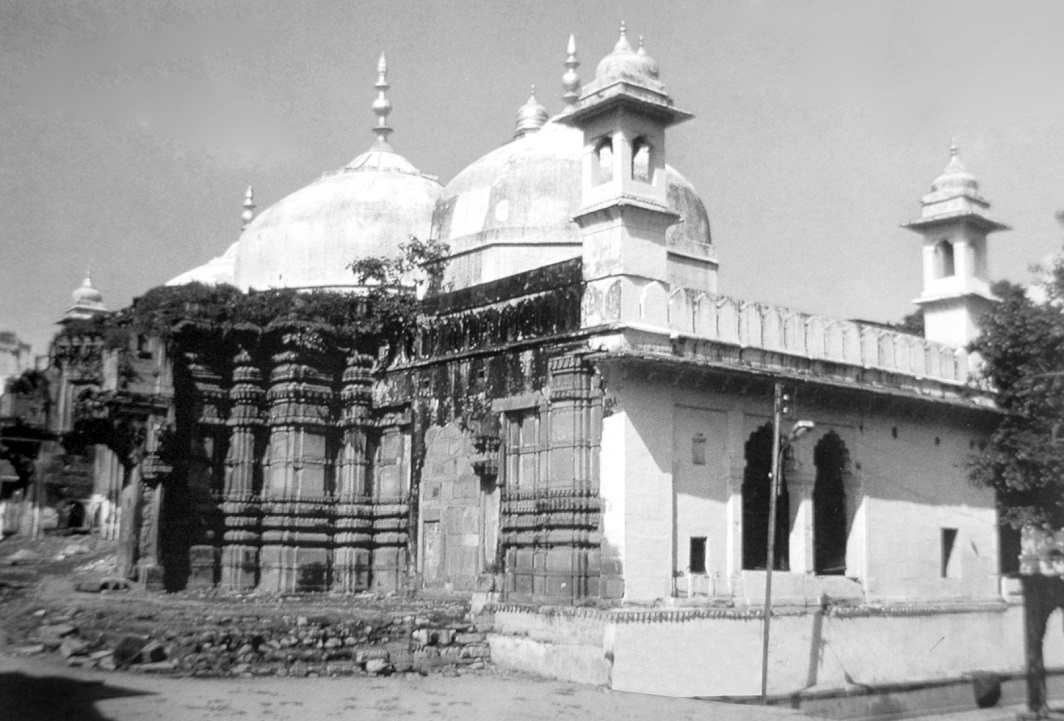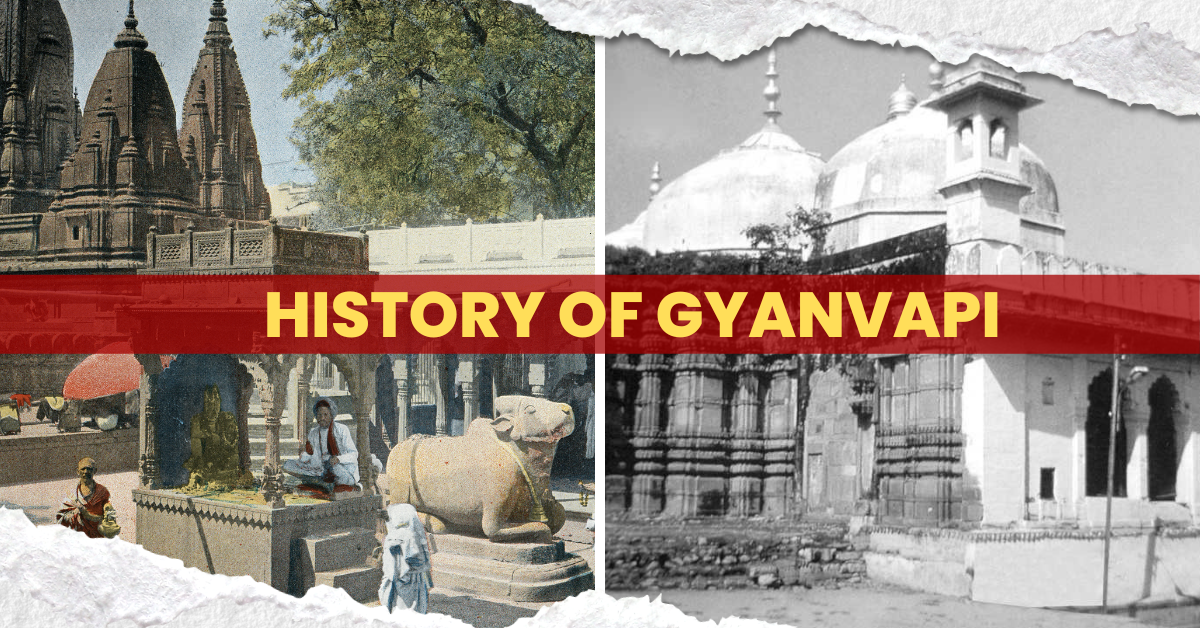Many civilizations were formed and destroyed in the world, but despite the brutal attacks of foreign invaders, the pride of Kashi remained. Baba Vishwanath’s place remained decorated. It is recorded in the pages of history how many attempts were made to erase this beacon of the Hindu faith but all the efforts failed.
The history of Gyanvapi Musjid:
The first attack was done in 1194 by Qutubuddin Aibak who was under the command of Mohammad Ghori. About 100 years later, a businessman from Gujarat got the temple rebuilt. The second attack on the Kashi Vishwanath temple was carried out by Sultan Mohammad Shah of Jaunpur in 1447. The temple was completely demolished. After this, Koderma, one of Akbar’s nine gems, rebuilt the temple in 1558. For the third time in 1642, Shahjahan passed the order to demolish the Kashi Vishwanath temple. After a protest by Hindus, the Kashi Vishwanath temple could not be demolished but 63 other temples were demolished by Shahjahan.
In 1669, orders were given by Aurangzeb to demolish this temple. According to Hindu beliefs, Aurangzeb built the Gyanvapi Masjid and that too on top of the walls of the temple. About 100 years after the attack of Aurangzeb, Queen Ahilyabai of Indore Holkar’s royal family rebuilt the temple.
American author Mark Twain once wrote about Kashi:
Banaras is older than history, older than legends.
– American author Mark Twain
Many scholars say that the city is 5000 years old. It is mentioned in Rigveda. It is also mentioned in the Mahabharata and Upanishads. So you can guess when the temple would have been established. For many 100 years, Kashi Vishwanath Temple remained an eyesore of the Mughals, which was demolished based on selfishness.

Why was the mosque named Gyanvapi?
Gyanvapi is made up of two words – Gyan and Vapi. Gyan means knowledge and Vapi means pond i.e. pond of knowledge.
Now the question is, how did the Hindu name get added to the name of the mosque? Gyanvapi is also mentioned in the Puranas. There is mention of six Vapis (ponds) in the Puranas. According to the Puranas, Gyanvapi is to the north of Kashi Vishwanath Temple. Understand what the Puranas say
” देवस्य दक्षिणी भागे वापी तिष्ठति शोभना। तस्यात वोदकं पीत्वा पुनर्जन्म ना विद्यते “
– श्री लिंग पुराण
Now let us explain its meaning to you. One gets salvation by drinking the water of the pond located in the southern part of the ancient Vishwanath temple. It is said in Skanda Purana that drinking the water of the Gyanvapi pond reveals knowledge and also frees one from sin. It is also said in the Puranas that the water of the Gyanvapi pond is the form of Lord Shankar.
People believe that this well is still there in the mosque premises, it is called Gyanvapi, and after this well the mosque is named Gyanvapi.
Some people also say that to protect the Shivling during the attack, it was hidden in the well, the temple’s chief priest jumped into the well along with the Shivling.
History of Shivaling:
It is believed that Lord Shankar himself had constructed this well. He had built this well to keep the Shivling cool.
Evidence to prove there was a temple:
Now we will tell you what are the evidences which show that there was a temple there which was demolished and converted into a mosque.
Just look at the below image, what do you think in your mind? Don’t forget to Comment

So first evidence is its name which I have discussed in this article. Second is its structure, you can see Hindu structures like Kalasha (pots), ghanti (bells), and designed flowers that are used in temples, and many other structures. Third is the murti of Nandi facing the mosque.
Recently ASI report said, it’s now revealed that the bottom part of Shivaling found in the mosque premises has been damaged and another damaged murti of Lord Hanuman, Ganesha, and Nandi also found further the western wall of the mosque is remaining part of a pre-existing Hindu temple. The pillars and plasters suggest they were part of a pre-existing Temple there. So the ASI in a way dubbed that the Gyanvapi mosque was likely built over a temple. The survey report further says that the temple appears to have been destroyed in the 17th century.
Conclusion:
The spiritual glory of Banaras remained steadfast even in the cruel blows of time and was not destroyed even in the attacks of foreign invaders. Kashi Vishwanath Temple has been the cradle of the Sanatan faith since time immemorial. And it will always be so.
If you liked this article then don’t forget to share it with your friends. Thank you for reading this article.
– Jay Hind, Bharat Mata Ki Jai
If you like to know about the history of Ayodhya Ram Mandir then click here.
